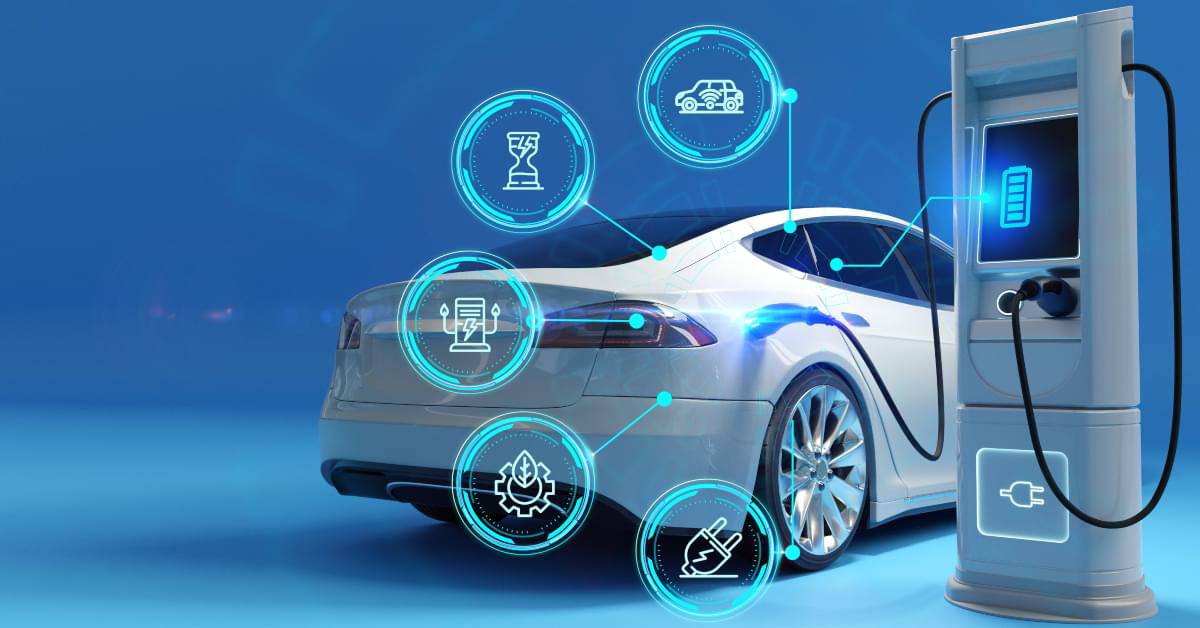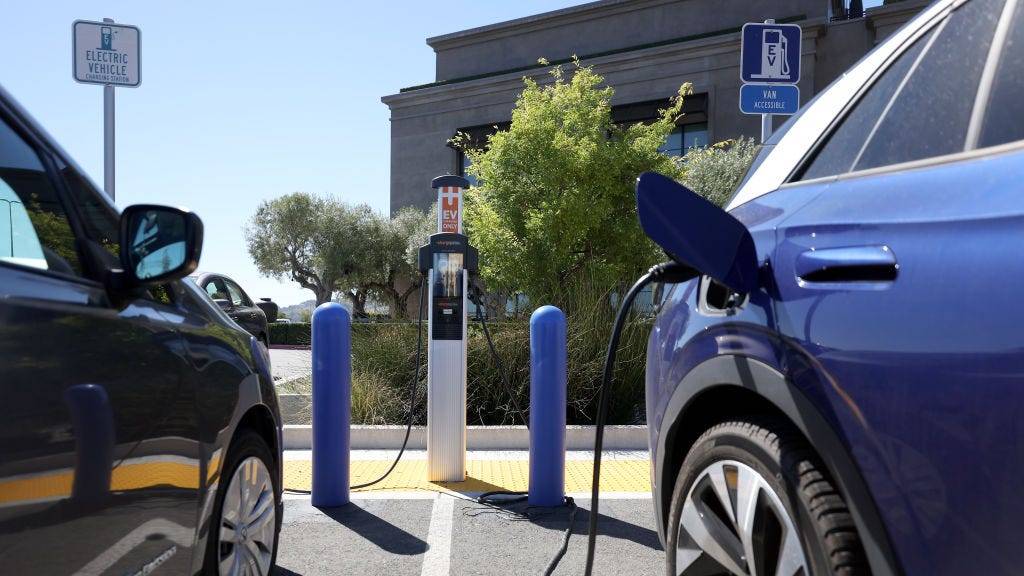
Government Incentives for EV Buyers in 2025
As the world shifts towards cleaner energy and sustainable transportation,electric vehicles (EVs) are gaining popularity. To accelerate this transition, governments worldwide are offering various incentives to make EVs more affordable. These incentives not only help reduce the upfront cost of buying an electric car but also encourage consumers to switch from traditional petrol and diesel vehicles.
In 2025, several EV tax credits, government subsidies, and other financial benefits will be available to buyers. Understanding these incentives can help potential EV owners make informed decisions and save money on their purchases. In this guide, we’ll explore the best EV incentives available globally, how they work, and how you can benefit from them.
Why Governments Offer EV Incentives
1. Reducing Carbon Emissions
One of the main reasons governments support EV adoption is to cut down on greenhouse gas emissions. Traditional petrol and diesel vehicles contribute significantly to air pollution and global warming. By encouraging EV purchases, governments aim to meet climate targets and reduce dependence on fossil fuels.
2. Boosting EV Adoption
Despite their benefits, EVs can still be expensive compared to petrol cars. Incentives help bridge this gap, making electric cars more financially accessible. More buyers mean a stronger market, leading to increased production, lower prices, and better infrastructure development.
3. Supporting the Auto Industry’s Transition
Many countries are planning to phase out internal combustion engine (ICE) vehicles within the next few decades. Incentives help car manufacturers invest in EV technology, research, and development, ensuring a smoother transition towards a greener future.
Best EV Incentives Around the World in 2025

Governments across the world have introduced different types of EV tax credits, subsidies, and purchase incentives. Below, we’ll break down the top EV incentives by region.
1. United States – Federal and State EV Tax Credits
In 2025, the U.S. government continues to offer federal EV tax credits under the Inflation Reduction Act.
Key incentives:
- Up to $7,500 federal tax credit for new EV purchases.
- $4,000 tax credit for used EVs under specific conditions.
- EVs must be manufactured in North America and meet battery material sourcing requirements.
- Additional state-level incentives (varies by state).
State-specific benefits:
- California: Up to $7,500 in additional rebates through the Clean Vehicle Rebate Project (CVRP).
- New York: $2,000 rebate under the Drive Clean Rebate.
- Colorado: $5,000 tax credit for new EV purchases.
2. European Union – EV Subsidies & Tax Exemptions
Many European countries offer generous government subsidies for EVs, aiming to meet the EU’s climate goals.
Top incentives by country:
- Germany: Up to €6,750 subsidy for new EVs under the “Environmental Bonus” programme.
- France: Up to €7,000 for low-income households buying an EV.
- Netherlands: €2,950 rebate for new EV purchases and lower road tax for EV owners.
- Norway: No VAT on EVs, reduced toll charges, and free public parking.
3. United Kingdom – Grants & Exemptions
The UK government continues to push for electric vehicle adoption with various incentives.
Key benefits:
- Plug-in Car Grant (PiCG) for certain low-emission vehicles.
- Exemption from Vehicle Excise Duty (VED) (road tax) for zero-emission vehicles.
- Company car tax (Benefit-in-Kind) rate of 2% for EVs, making them attractive for business owners.
- Local incentives like free parking and congestion charge exemptions in cities like London.
4. China – Financial Support & License Plate Benefits
China, the world’s largest EV market, offers strong incentives to boost sales.
Major incentives:
- Exemption from purchase tax, saving up to ¥10,000 per vehicle.
- Subsidies for new EV buyers, particularly for cars with extended range.
- Fast-tracked license plate registration in major cities, where petrol car registrations are restricted.
5. Canada – Federal & Provincial Incentives
Canada provides federal EV incentives, along with additional provincial rebates.
Federal incentives:
- Up to CAD $5,000 rebate on new EVs.
- CAD $2,500 rebate for plug-in hybrid vehicles (PHEVs).
Provincial incentives:
- British Columbia: Up to CAD $4,000 for EVs.
- Quebec: Up to CAD $7,000 rebate under the Roulez vert programme.
How to Qualify for EV Incentives

While government subsidies for EVs are widely available, they often come with specific conditions. Here are some factors that determine eligibility:
1. Vehicle Eligibility
- Many incentives apply only to new EVs that meet efficiency and battery requirements.
- Some countries offer benefits for used EVs, but conditions may vary.
- Plug-in hybrid vehicles (PHEVs) may qualify for smaller subsidies.
2. Income-Based Restrictions
- Some governments limit EV incentives to low- or middle-income households.
- For example, France offers a higher subsidy for families below a certain income level.
3. Residency Requirements
- Most incentives are only available to residents of the country offering them.
- Some cities or states provide additional local incentives.
4. Purchase & Lease Conditions
- Many tax credits require buyers to own the vehicle for a minimum period.
- Leasing an EV may still qualify for incentives, depending on the lease agreement.
The Future of EV Incentives
As EV technology advances and production costs decrease, some governments may phase out or reduce incentives. However, the push for sustainability means many incentives will remain in place for the foreseeable future.
Expected changes in 2025 and beyond:
- Stronger regulations to ensure EVs meet stricter emissions and battery recycling standards.
- Increased investment in charging infrastructure to support EV growth.
- More targeted incentives focused on low-income buyers and businesses adopting electric fleets.
- Higher subsidies for second-hand EVs, making electric cars accessible to more people.
Conclusion
Government incentives play a crucial role in making EVs more affordable and encouraging wider adoption. With EV tax credits, subsidies, and financial incentives available in various countries, buyers in 2025 have plenty of opportunities to save money while making an eco-friendly choice. Understanding the available incentives and how to qualify can help you make the best decision when purchasing an electric vehicle.
As governments continue to refine their policies, the future looks promising for EV buyers. If you’re considering switching to an electric car, now is a great time to take advantage of these benefits and contribute to a greener future.
Are you planning to buy an EV in 2025? Explore the incentives available in your region and make the most of these government schemes to reduce costs and enjoy the benefits of electric driving.


